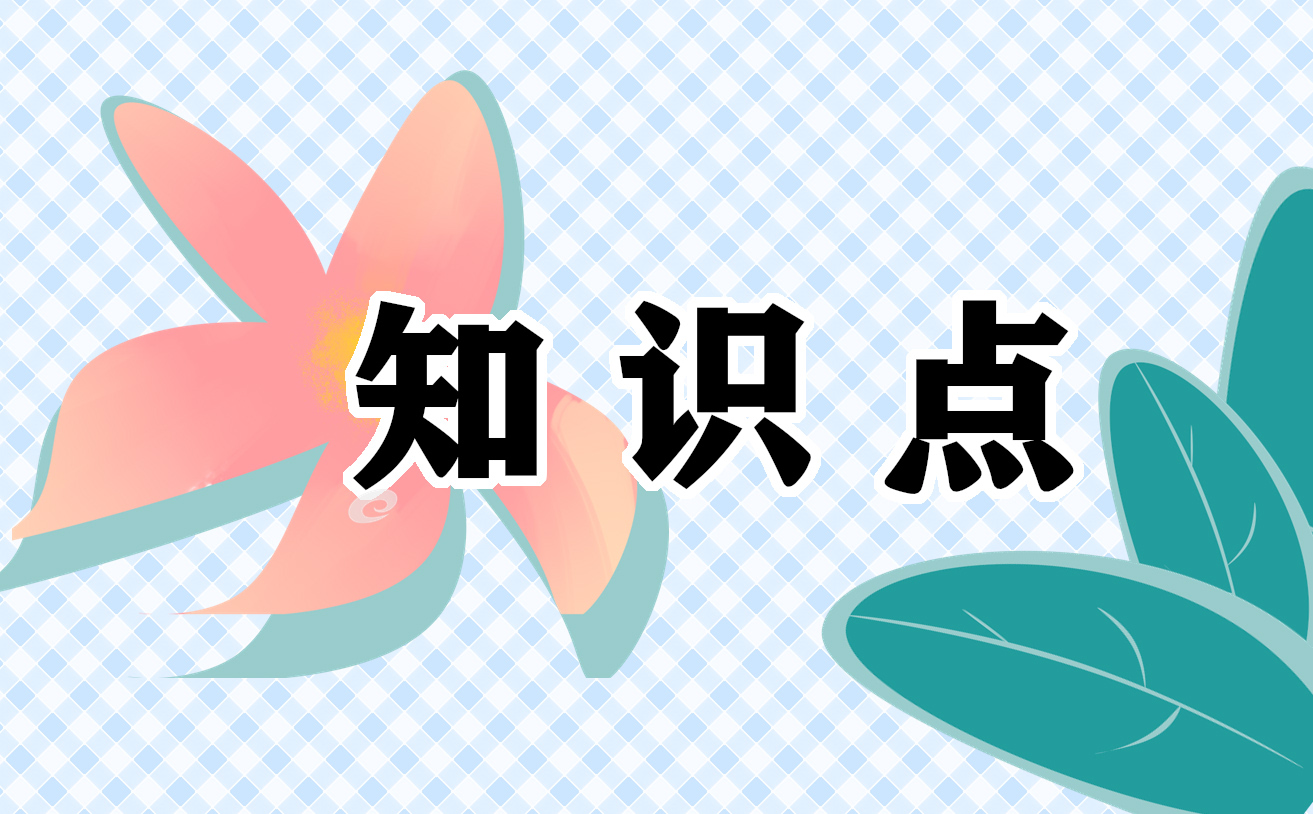关于wish的用法总结,你知道多少 ,快来一起学习吧。下面小编就和大家分享,来欣赏一下吧。
wish的用法
1)用于wish后面的从句,表示与事实相反的情况,或表示将来不太可能实现的愿望。其宾语从句的动词形式为:
真实状况 wish后
从句动作先于主句动词动作 现在时 过去时
(be的过去式为 were)
从句动作与主句动作同时发生 过去时 过去完成时
(had + 过去分词)
将来不大可能实现的愿望 将来时 would/could +
动词原形
I wish I were as tall as you. 我希望和你一样高。
He wished he hadn't said that. 他希望他没讲那样的话。
I wish it would rain tomorrow. 我希望明天下雨就好了。
2)Wish to do表达法。
Wish sb / sth to do
I wish to see the manager. = I want to see the manager.
I wish the manager to be informed at once. (= I want the manager to be informed at once.)
Should 和 shall 有什么差别?
shall:
传统上,用于第一人称(I, we),表示将来时态,比如:I shall be there by ten o'clock.
但在现代英文中,尤其是美式英文中,可以用will替代。
2. 表示强烈的看法和意图,比如: You shall pass the exam.
这是老式、正式的用法。
3. 表示命令和告诫,或者法律和规则,比如:You shall not enter this room.
4. 在问句中表示提议和建议,比如:Shall we dance?
should:
表示义务、责任等,比如: You should help your friends.
表示愿望或者预期的事情,比如:It should be sunny tomorrow.
表示建议,比如:You should wear this dress.
表示可能性或者条件假设, 比如:Should you need any help (=if you need any help), call me anytime.
用于许多表示感情的形容词后的 that 从句中, 比如:It is astonishing that he should be so rude to you.
用于第一人称,表示礼貌的请求或接受, 比如:I should like more wine.
冠词的用法
冠词的用法
冠词是虚词,放在名词之前,用来说明名词指的人或事物。冠词有两种。 a(an) 叫不定冠词, the 叫定冠词。 a 用在辅音之前, an 用在元音之前。
1. 不定冠词的用法
(1) a 和 an 均用在单数名词之前,表示某一类人或事物。例如:
John is a student. Mary is an English teacher.
(2) 指某一类人或事物中的任何一个。例如 :
A steel worker makes steel.
Pass me an apple, please.
(3) 指某人或某物,但不具体说明何人或和物。例如:
A student wants to see you.
A girl is waiting for you outside.
(4) 表示 “ 每一 ” 的意思,相当于 every 。例如:
Take the medicine three times a day.
They go to see their parents once a week.
2. 定冠词用法
(1) 特指某(些)人或某(些)事物。例如:
The book on the desk is an English dictionary.
Beijing is the capital of China .
(2) 指说话人和听话人都熟悉的人或事物。例如:
Open the door, please.
Jack is in the library.
(3) 上文提到过的人或事物。例如:
Yesterday John's father bought him a new bike. The bike cost him 200 yuan.
(4) 表示世界上独一无二的事物。例如:
The sun rises in the east and sets in the west.
(5) 用在序数词和形容词最高级之前。例如:
Shanghai is the biggest city in China .
January is the first month of the year.
(6) 用在某些形容词之前,表示某一类人或事物。例如:
The nurse is kind to the sick.
We should take good care of the old.
(7) 用在某些专有名词之前和某些习惯用语中。例如:
the Great Wall, the Summer palace, in the morning, in the open air 等。
(8) 用在姓氏复数之前,表示 “ 某某一家人 ” , “ 某某夫妇 ” 。例如:
the Browns, the whites 等。
3. 不用冠词的情况
(1) 某些专有名词,抽象名词和物质名词前一般不用冠词。例如:
China, Canada, Japanese, glass, water, love 等。
(2) 名词前已有作定语用的 this, that, my, your, whose, some, any, no, each, every 等代词时,不用冠词。例如:
That is my cap.
I have some questions.
Go down this street.
(3) 复数名词表示一类人或事物时,不用冠词。
They are workers.
We are students.
(4) 称呼语前不用冠词,表示头衔和职务的名词前也不加冠词。例如:
I don't feel well today, Mother.
Bush was made president of the U.S.
(5) 三餐饭的名称前,球类活动,学科和节目名词前,常不用冠词。例如:
I have lunch at home.
He often plays football after class.
We have English and maths every day.
(6) 在某些固定词组里,名词之前常不用冠词。例如:
By air, at night, at home, go to bed, go to school, on foot, from morning till night 等。
seem的用法
1. ~ (to sb) (to be) sth | ~ like sth,不用于进行时,涉及推断时用,意思为好像,似乎,看来。
例句:You seem happy.你看起来很高兴。
2. ~ to+动词的不定式 ,用以缓和语气时用,意思为感到好像,觉得似乎。
例句:I seem to have left my book at home.我大概是把书忘在家里了。
3. it seems | it would seem,表示不确切或客气时用,意思为看来好像,似乎。
例句: It would seem that we all agree.我们大家似乎都同意。
扩展资料:
seem,是一个动词,它的英式发音为[si:m],美式发音为[sim]。
它可以翻译为:似乎;好像,仿佛;装作;看来好像。
第三人称单数:seems
现在分词:seeming
过去式: seemed
过去分词:seemed
参考链接:百度翻译——seem
wish的详细用法
上一篇:情态动词shall的用法
下一篇:超高频词ALSO的用法



